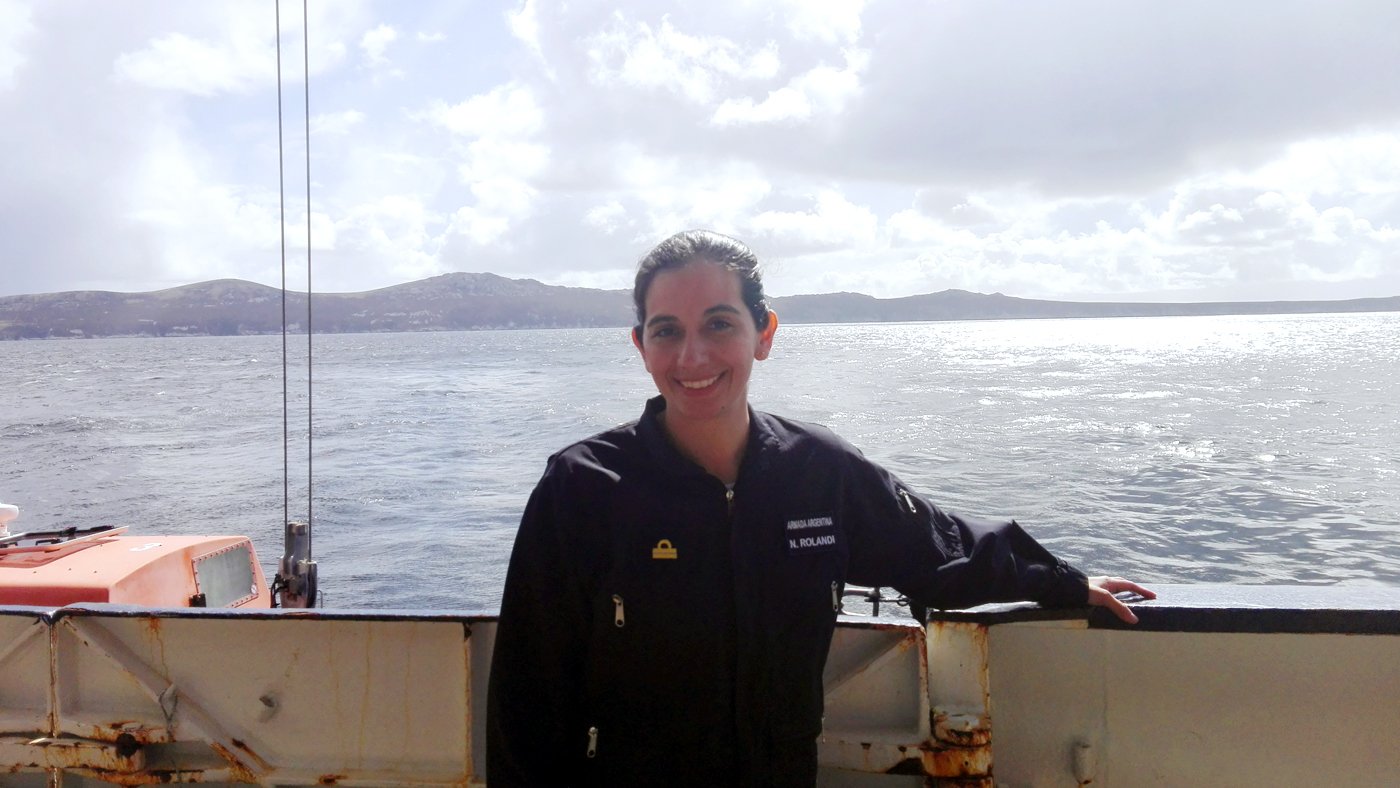ANTARCTICA, SAILING TO THE END OF THE WORLD
The sixth continent, for many the last corner of the planet to be explored, is also a unique place in the world, dedicated to peace and science, guaranteed by an international treaty: the Antarctic Treaty.
Due to its geographical position and hostile climate, the only possible animal life is on its coasts. In many cases, the only way to reach this territory is through the waters that surround it. Man has managed, not without effort, to settle in bases and shelters that have served as shelters for the various expeditions. The oldest permanent settlement dates back to 1904, it is the Argentine base Orcadas, located on Laurie Island, a meteorological observatory that also served as the first radiotelegraphic station.
Antarctica is a challenging environment, the Antarctic Circumpolar Current requires the expertise and attention of the crew of the ships that challenge these waters. In this sense, due to its proximity and history, it is that Amada Argentina, for several decades, has dictated a navigation course in Antarctic waters (NAVANTAR), with a basic and advanced stage, to be able to condescend all the experience and be able to transmit it to all those daring sailors. The implementation of the Polar Code from 2017 will undoubtedly be a milestone in the improvement of the safety of navigation in these waters. Therefore, in order to draw lessons and continue to work for an effective implementation, a workshop will be held in Buenos Aires in 2023 with the participation of representatives of various countries that carry out polar navigation. The Code covers all issues related to navigation in polar waters: from the design and construction of the ship, its equipment and operation, to the training of personnel on board, search and rescue, and the protection of the Antarctic marine environment. It contains mandatory provisions and other recommendations to ensure safety and pollution prevention. It also requires ships that intend to operate in the inhospitable waters of the Arctic or Antarctic to apply for a Polar Ship Certificate, obtaining a classification ranging from A, ships suitable to navigate in medium ice in the first year, B, thin ice in the first year, and C, the latter category being the qualification to navigate in free waters or in ice conditions less severe than the previous ones.

The severity of the climatic conditions requires the adoption of the necessary measures to guarantee the safety of human life at sea. In this sense, Antarctica is also a place of international cooperation, and it was in this spirit that a binational initiative was launched more than twenty-five years ago: the Combined Antarctic Naval Patrol (PANC). Since the epic rescue of the Antarctic crew in 1903, commanded by Lieutenant ÍRIZAR aboard the corvette ARA "URUGUAY", the need for adequate means and knowledge for safe navigation in the harsh Antarctic waters has been evident.
The PANC is an activity of great importance developed by the Argentine and Chilean Navies during the cruise season, between November 15 and March 31, since this is the period of the year with the greatest presence of maritime traffic in the Antarctic region. Its main objective is to ensure prompt assistance in the event of a SAR (Search and Rescue), to provide a framework of greater safety for navigation and to contribute to keeping the waters south of the 60º South parallel free of pollution.
Despite technological advances, Antarctica remains a challenge to the human capacity to survive and also to reach agreements with our fellow human beings.